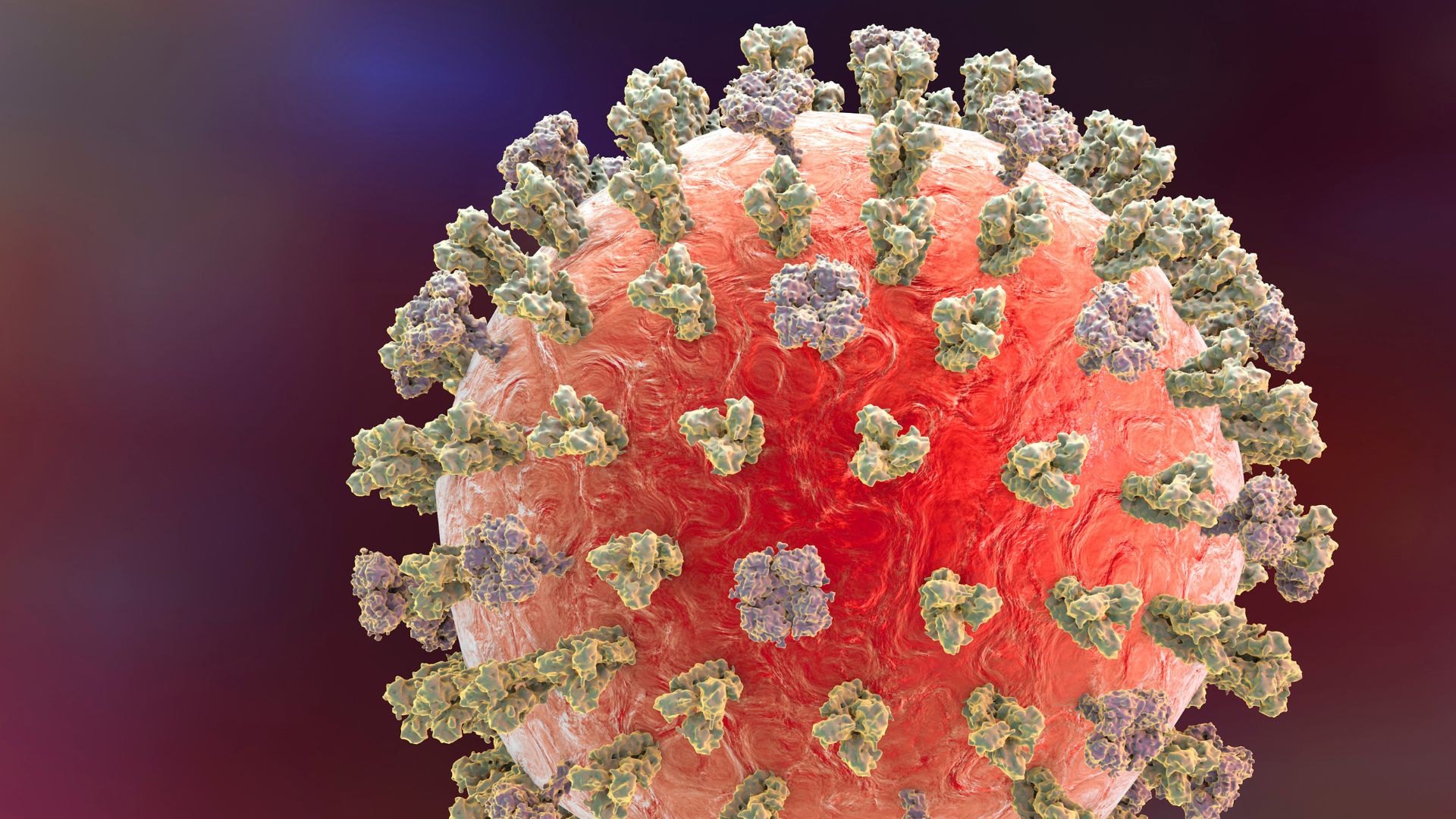China reported 1st human death from H3N8 bird flu, WHO says
A woman in China was the first person to die of the bird flu subtype H3N8.

A woman in China recently died of H3N8, a subtype of bird flu that has only infected three known people to date, the World Health Organization (WHO) reported Tuesday (April 11).
All three human cases of H3N8 have been reported in China. The first was reported in April 2022 and occurred in a 4-year-old boy in Henan province, who likely caught the virus from chickens or wild ducks at his home. The second occurred the next month in a 5-year-old boy in Hunan province, who'd recently gone to a market where live poultry were sold, although he didn't directly handle the animals. The first boy's illness became severe and he required intensive care, but the second boy's case was mild. Both children recovered.
The newly-reported third case was detected in a 56-year-old woman from Guangdong province, whose symptoms first emerged on Feb. 22, 2023. She was hospitalized for severe pneumonia on March 3 and died on March 16.
The patient had "multiple underlying conditions," according to the WHO, and had been exposed to live poultry prior to falling ill, as well as wild birds near her home. Researchers later collected samples from the patient's home and a nearby market, and they found that samples from the market tested positive for influenza A(H3), the broad category of flu viruses to which the H3N8 subtype belongs.
Related: U.K.'s first human case of H5N1 avian flu detected in man with pet ducks
No evidence of human-to-human spread of H3N8 has been detected to date.
"The available epidemiological and virological information suggests that avian influenza A(H3N8) viruses do not have the capacity for sustained transmission among humans," the WHO stated. "Therefore, the current assessment is that the likelihood of human-to-human spread is low." However, since viruses constantly evolve, it's important to continue monitoring H3N8 to detect changes that might make it more dangerous to human health.
Sign up for the Live Science daily newsletter now
Get the world’s most fascinating discoveries delivered straight to your inbox.
H3N8 viruses were first detected in wild birds in the 1960s and have since been sporadically detected in live poultry in China, as well as in other animal species, including harbor seals, according to the U.S. Centers for Disease Control and Prevention (CDC). No human cases of H3N8 bird flu have ever been detected in the U.S.

Nicoletta Lanese is the health channel editor at Live Science and was previously a news editor and staff writer at the site. She holds a graduate certificate in science communication from UC Santa Cruz and degrees in neuroscience and dance from the University of Florida. Her work has appeared in The Scientist, Science News, the Mercury News, Mongabay and Stanford Medicine Magazine, among other outlets. Based in NYC, she also remains heavily involved in dance and performs in local choreographers' work.
Flu: Facts about seasonal influenza and bird flu
What is hantavirus? The rare but deadly respiratory illness spread by rodents









